Lesson summary
Students will explore different types of plastic, comparing the physical and chemical properties of these plastics, and recognising how these different properties affect their recyclability.
Learning intentions:
Students will...
- compare the physical and chemical properties of different types of plastic.
Success criteria:
Students can...
- identify different types of plastic based on their properties
- explain why plastic needs to be separated into different types to be able to be recycled.
Lesson guides and printables
Lesson details
Skills
This lesson is designed to build students’ competencies in the following skills:
- collaboration
- communication
- community engagement
- critical thinking
Curriculum Mapping
Australian Curriculum (v9.0) content description:
Year 7 & 8, Science
Students learn to:
- use a particle model to describe differences between pure substances and mixtures and apply their understanding of properties of substances to separate mixtures (AC9S7U06)
- compare physical and chemical changes and identify indicators of energy change in chemical reactions (AC9S8U07).
Relevant parts of Year 7 achievement standards: Students use particle theory to explain the physical properties of substances and develop processes that separate mixtures.
Relevant parts of Year 8 achievement standards: Students classify and represent different types of matter and distinguish between physical and chemical change.
NSW Syllabus outcomes:
A student
- explains how uses of elements and compounds are influenced by scientific understanding and discoveries relating to their properties (SC4-17CW)
General capabilities: Critical and Creative Thinking, Literacy.
Cross-curriculum priority: Sustainability
Level of teacher scaffolding: Medium – facilitate class discussion, oversee independent and group tasks.
UN Sustainable Development Goals
UN SDG 12: Ensure sustainable consumption and production patterns
- Target 12.5: By 2030, substantially reduce waste generation through prevention, reduction, recycling and reuse.
Resources Required
- 1 clean, empty PET bottle
- Plastics Identification Code Cards
- Plastic Pathways Worksheet - one copy for each student
- Plastic Polymers Factsheet
- Student Worksheet - one copy for each student
Additional Info
This lesson has been developed in partnership with Visy. For over 70 years, Visy has been committed to finding sustainable solutions for Australia's and New Zealand’s recyclables and helping to reduce local landfills. Visy collects, receives, and sorts paper, cardboard, glass, plastics, steel, and aluminium from households, businesses, and schools to reuse these products and re-manufacture new packaging products.
Related Professional Learning
Fit Sustainability Into the Secondary Curriculum
Quick Summary: In this course, you will learn a holistic definition of sustainability, which goes beyond compost bins and solar panels and how to embed sustainability concepts to enrich your current curriculum without it being an add-on.
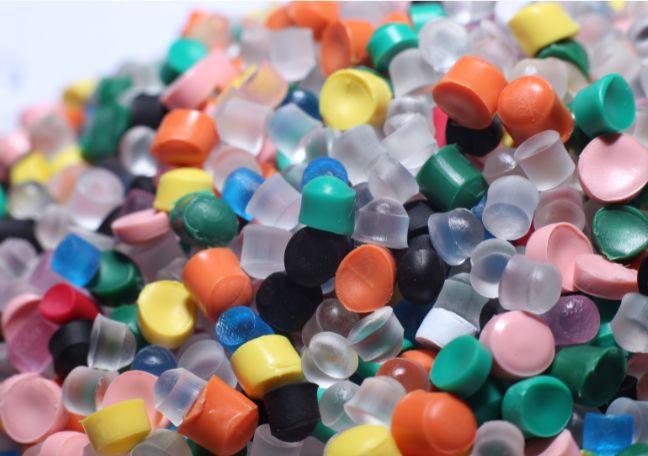
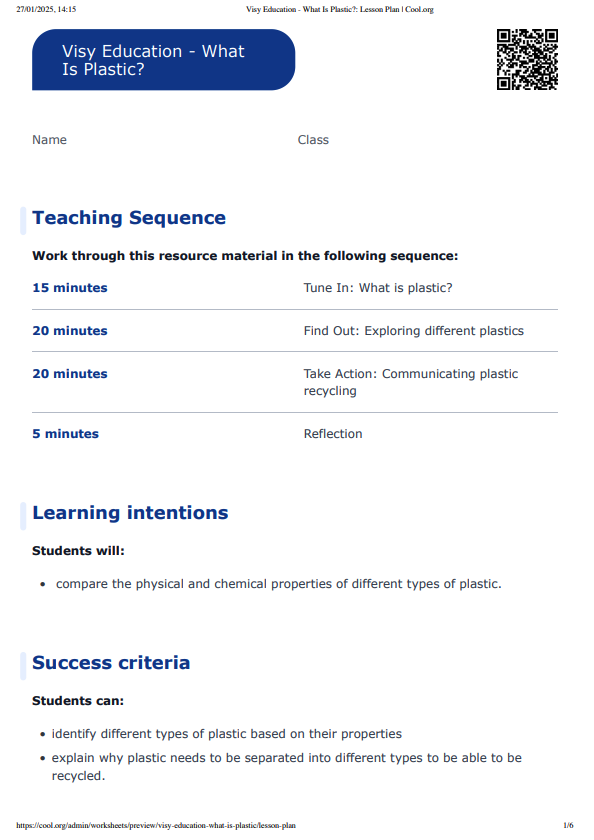
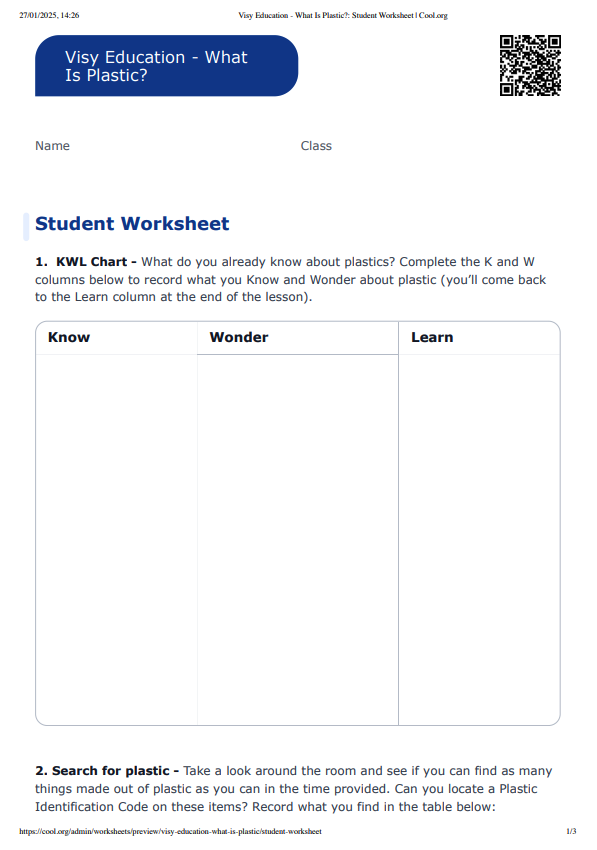
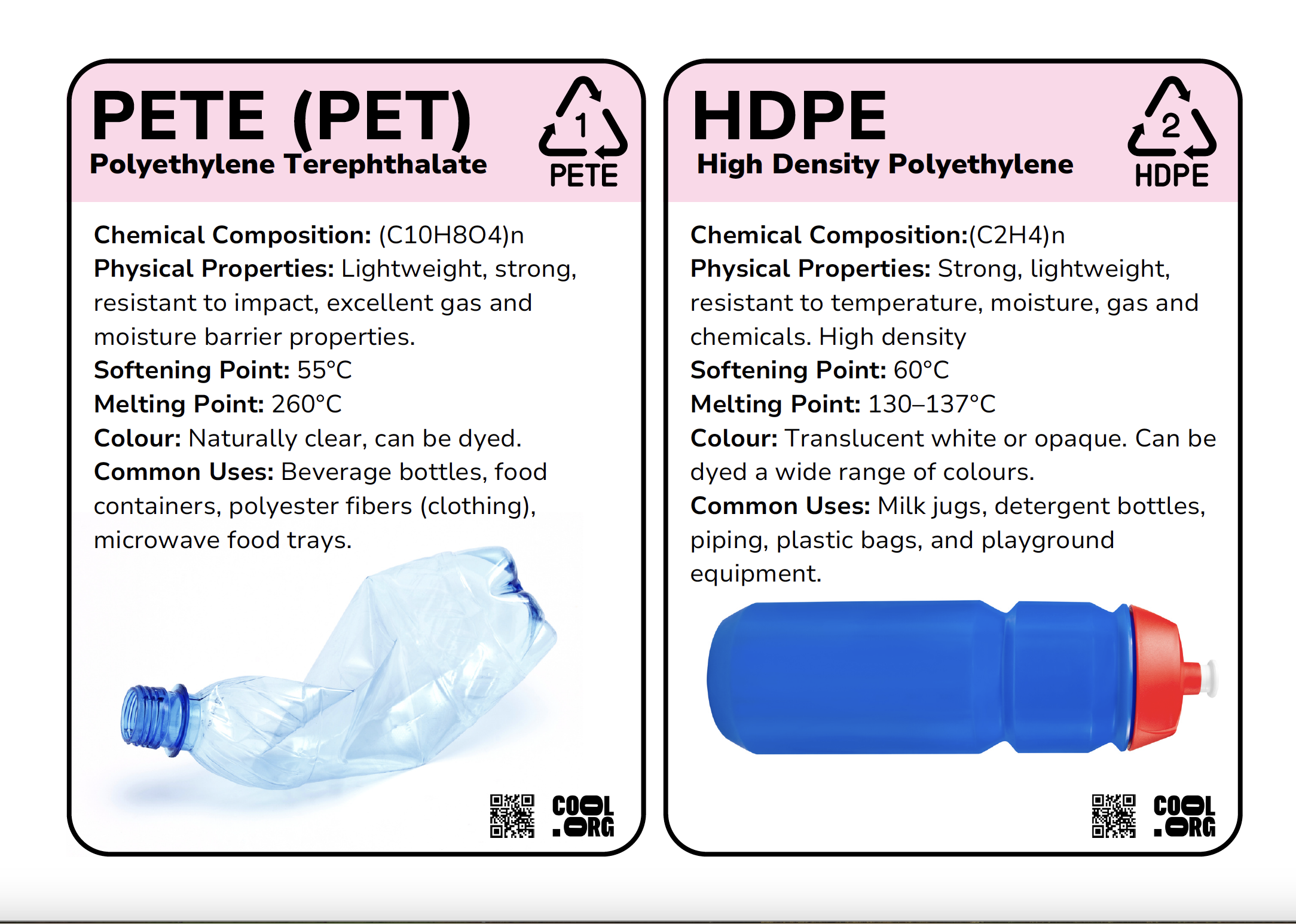
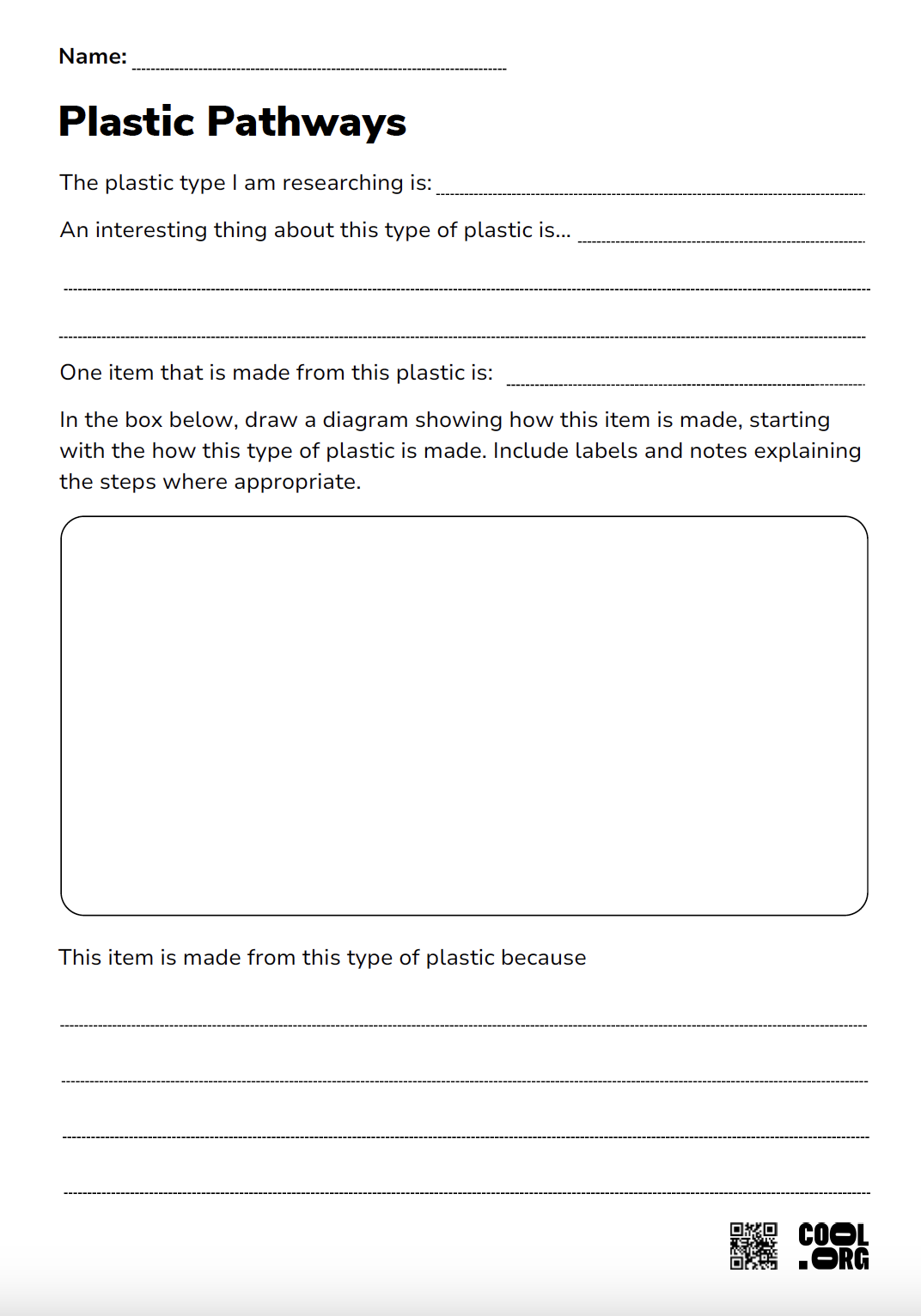
Welcome back!
Don't have an account yet?
Log in with:
Create your free Cool.org account.
Many of our resources are free, with an option to upgrade to Cool+ for premium content.
Already have an account?
Sign up with:
By signing up you accept Cool.org's Terms and Conditions(Opens in new tab) and Privacy Policy(Opens in new tab).